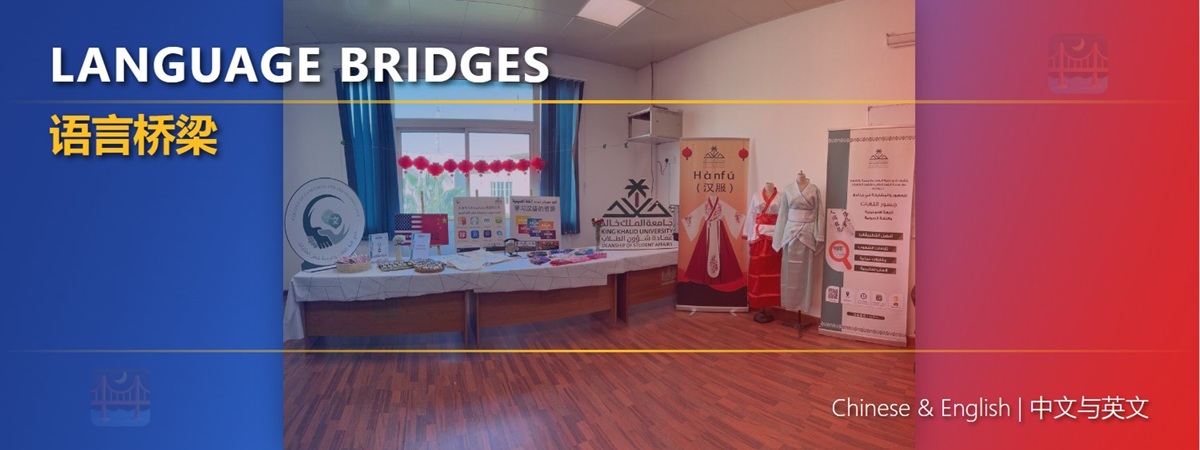
Linguistics Hour: The Art & Science of Translation
On a recent Wednesday, the English Club hosted its fourth lecture for the Spring semester, featuring Assistant Professor Dawood Mahdi from the Faculty of Languages and Translation (clt). Besides his professorial role, Dr. Mahdi is also the Head of the Academic Guidance and Counseling Unit. His lecture, which drew a considerable crowd, centered on the nuanced art and science of translation.
Dr. Mahdi began his discourse by clarifying numerous misconceptions about the realms of translation and language interpretation. He debunked the common myth that translation merely involves swapping words from one language to another, stating, "Languages possess diverse structures and conventions. Simply interchanging literal meanings of words is not a recipe for effective communication." He underlined the richness of languages in idioms, metaphors, and figures of speech, cases in which literal translations invariably fall short. He also stressed the multi-dimensionality of words in many languages, pointing out the pitfalls of superficial translation.
Delving further, Dr. Mahdi tackled lesser-known misunderstandings about translation and interpreting. He debunked the notion that any bilingual person is naturally equipped to translate or interpret between their languages, insisting that translation is a specialized discipline necessitating advanced training and sustained practice. He emphasized the existence of sub-specialties within translation, highlighting that sectors like law, medicine, and engineering require domain-specific knowledge. Drawing distinctions between translation and interpreting, he explained how interpreting mandates real-time language conversion, a formidable task even for those fluent in the languages in question. He also dismissed the misconception that translators can operate without dictionaries or reference materials, reinforcing that these are indispensable tools for professional translators.
Moving on, Dr. Mahdi detailed the prerequisites for becoming a successful translator or interpreter. He asserted, "Primarily, one needs to demonstrate full commitment to the target languages." He cited the necessity for intensive training and consistent practice, and emphasized the paramount importance of accuracy, honesty, and integrity within the profession.
Responding to a Level 1 student's query, Dr. Mahdi elaborated on clt's general course progression, explaining that the undergraduate program concentrates on major skills in the initial four levels, subsequently branching out into three fields: Linguistics & Applied Linguistics, Literature, and Translation.
The attendees expressed their appreciation for Dr. Mahdi's enlightening and informative lecture, which served to deepen their understanding of the translation profession.
